8213 Wyatt Road
Broadview Heights, OH 44147
tim@thirdeyeherp.com
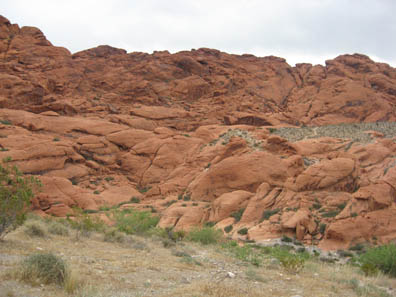
|
Spectacular Sandstone
Iron oxides, manganese oxides and other impurities can cause bright and contrasting colors in sandstone. 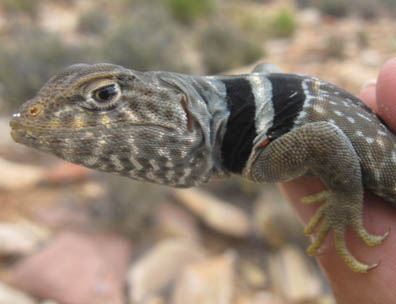
| Collared Lizard This reptile gets its name due to its distinctive neck banding. Collared Lizards can get up and run on their hind legs when making an escape. Click here to see another picture 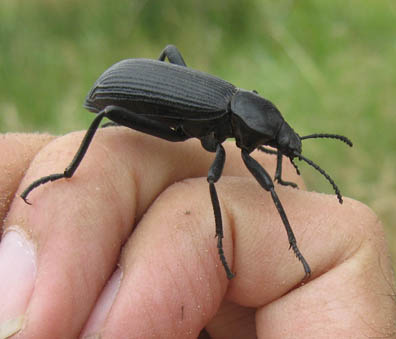
Big Black Beetle
| Curiously behaved and pungent-odored Pinacate Beetles were commonly seen. When alarmed or disturbed, they elevate their bodies and literally stand on their heads. When truly upset they can emit a rather foul smell. 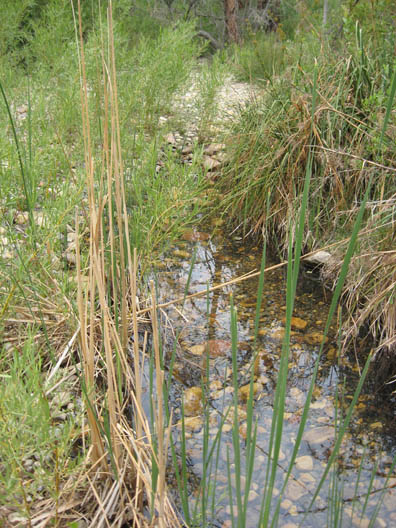
Spring Thing
| Underground springs can be found in the desert - they provide a lifeline for a variety of creatures. 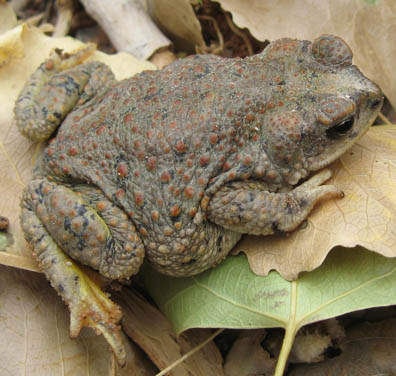
Red-spotted Toad
| These amphibians are good climbers, easily maneuvering over rocks. They often move by walking, instead of hopping. They are usually found in rocky environments, where they can seek cover. 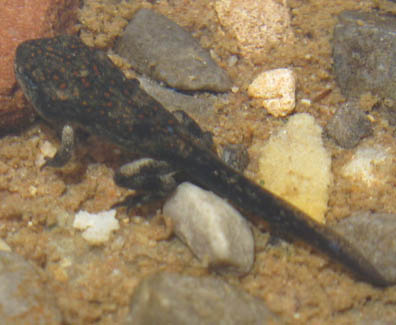
Almost Transformed
| Red-spotted Toad tadpoles metamorphose in 6 to 8 weeks, before emerging from the water. 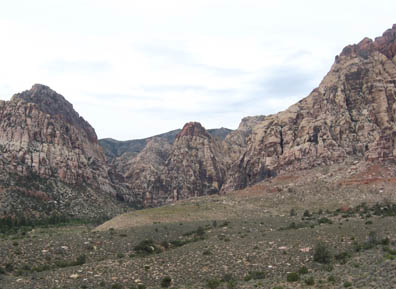
Calico Basin
| Three springs with permanent water emerge from the base of the red and white sandstone cliffs of Calico Basin. Water also emerges from several seeps in the area and runs in washes. The springs support trees, thickets, and an open meadow. Compared to the surrounding desert, Calico Basin is sheltered and moist, and it is easy to understand why birds and other wildlife spend time there. 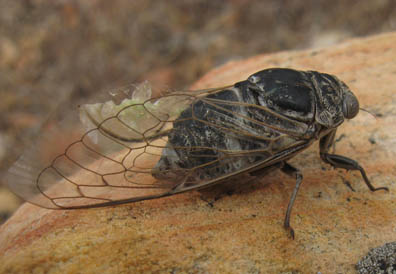
Sultry Songster
| The desert cicada has developed an extraordinary ability to remain active throughout midday, when most would-be predators have to seek shelter from the desert heat. Unlike any other known insect, the cicada can sweat, which helps it dissipate heat. 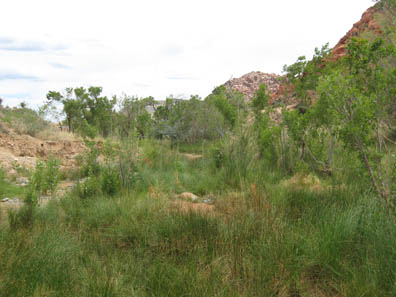
Green Desert
| Sources of water in the arid environment can not only support plants, but often Cottonwood Trees as well. 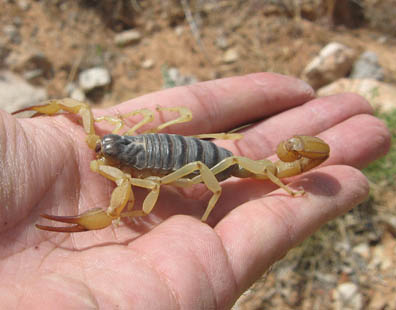
A Scorpion In the Hand...
| ...is worth two in the bush. (Don't try this at home.) 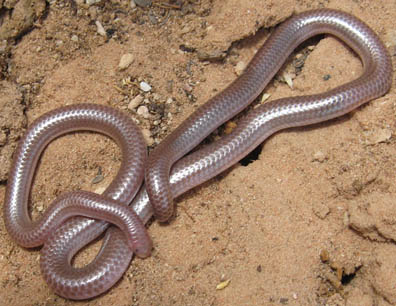
Underground Wonder
| Slender and pinkish to gray, Western Blind Snakes look like large earthworms. In some ways they act like earthworms, living underground and emerging only rarely, such as after a summer downpour. As its name suggests, the blind snake has only rudimentary eyes and probably is blind. Because of its secretive, underground habits, little is known about this snake's biology. Click here to see another photo of this snake |
